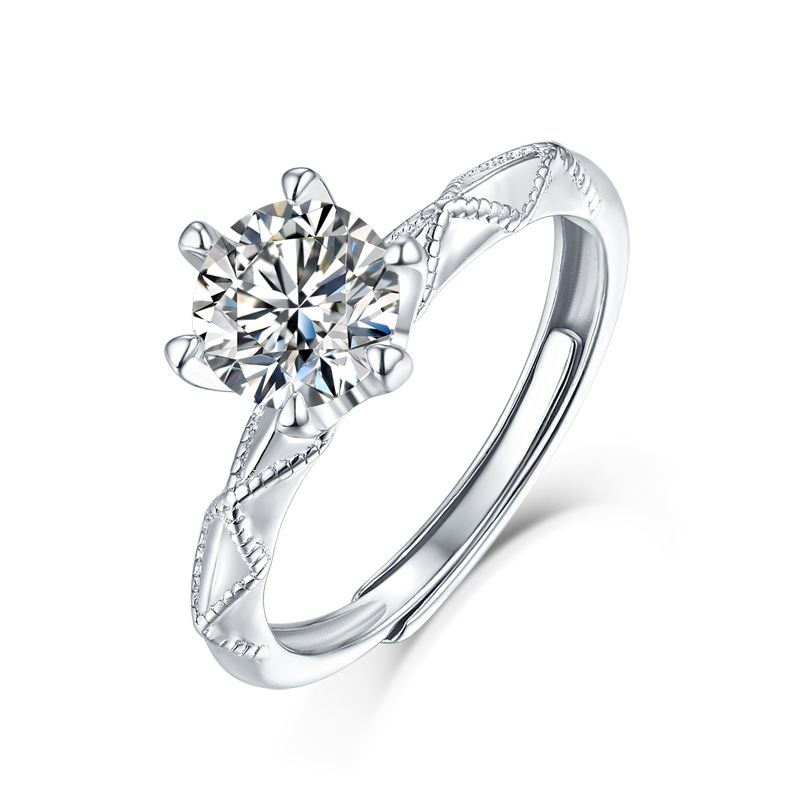The claim that lab grown diamonds are cheaper is a bit exaggerated, but they are cheaper than natural diamonds.
The so-called no one buys lab diamonds? Actualmente, the foreign market has a high acceptance of cultivated diamonds, and the domestic market has a certain audience. It depends more on whether we know what a lab-grown diamond is.
Grown Diamonds – Diamonds are grown in a laboratory. Using advanced technology and equipment, the environment in which natural diamond is formed is restored in the laboratory. It has the same physical, chemical and optical properties as natural diamond, so it belongs to diamond. It is a large-scale testing instrument (various spectrometers) that cannot be distinguished by the naked eye of professionals in testing institutions.
There are two main ways to grow diamonds: HPHT (High Temperature and High Pressure) y ECV (Vapor Deposition).
The planting method of HPHT diamonds is to completely simulate the growth environment of natural diamonds. The price is relatively superior. The color is higher and generally DE, and the average purity of the product is poorer compared to CVD. Sin embargo, the purity of Vvs and vs can also be grown, and the size of the cultivated is very small, generally less than 2 carats.
The average color of the CVD diamond culture method is relatively poor, and the definition is relatively high. But there are also DEF colors, but the price is high. Generalmente, GH colors are mostly, and CVD blanks are relatively large, and those cut out are more than one carat or even larger.

Cultivated diamonds are currently international; the certification certificates of domestic authoritative institutions are: IGI, FAMILIA, DDH; National Jewelry and Jade Quality Supervision and Inspection Center
Cultivate a Diamond Grading Report! IGI’s accreditation standards are the most comprehensive and complete. The 4Cs are the same as natural diamonds, as well as the method of cultivation (CVD or HPHT) and whether they are discolored.
4C: Color (D-E-F-G-H); Work (id-ex-VG; Claridad (VVS vs Silicon)
GIA has always been an electronic certificate for cultivated diamonds, and recently issued a paper certificate, which also indicates the method of cultivation and whether it has changed color; China’s NGTC’s national inspection certificate standard is not lower than GIA. The only downside is that there is no remarks on whether to change the color.
CVD and HPHT are two different cultivation methods, and there is no absolute good or bad; the brand doesn’t matter, just like natural diamonds don’t matter where they come from. It should be noted that CVD does not buy color-changing diamonds, and the color will fade in the later stage of discoloration; HPHT should avoid phosphorescence. This light is absorbed, after which it emits a brief light. Regardless of whether it has a blue tint, the normal dark blue tint has a strong phosphorescence.
Planted diamonds have their own market. Find professional certificate information and choose according to your budget.
Both natural diamonds and lab-grown diamonds have their pros and cons. Once you understand the basics of cultivated diamonds, you will have your own judgement when comparing them to natural diamonds.
